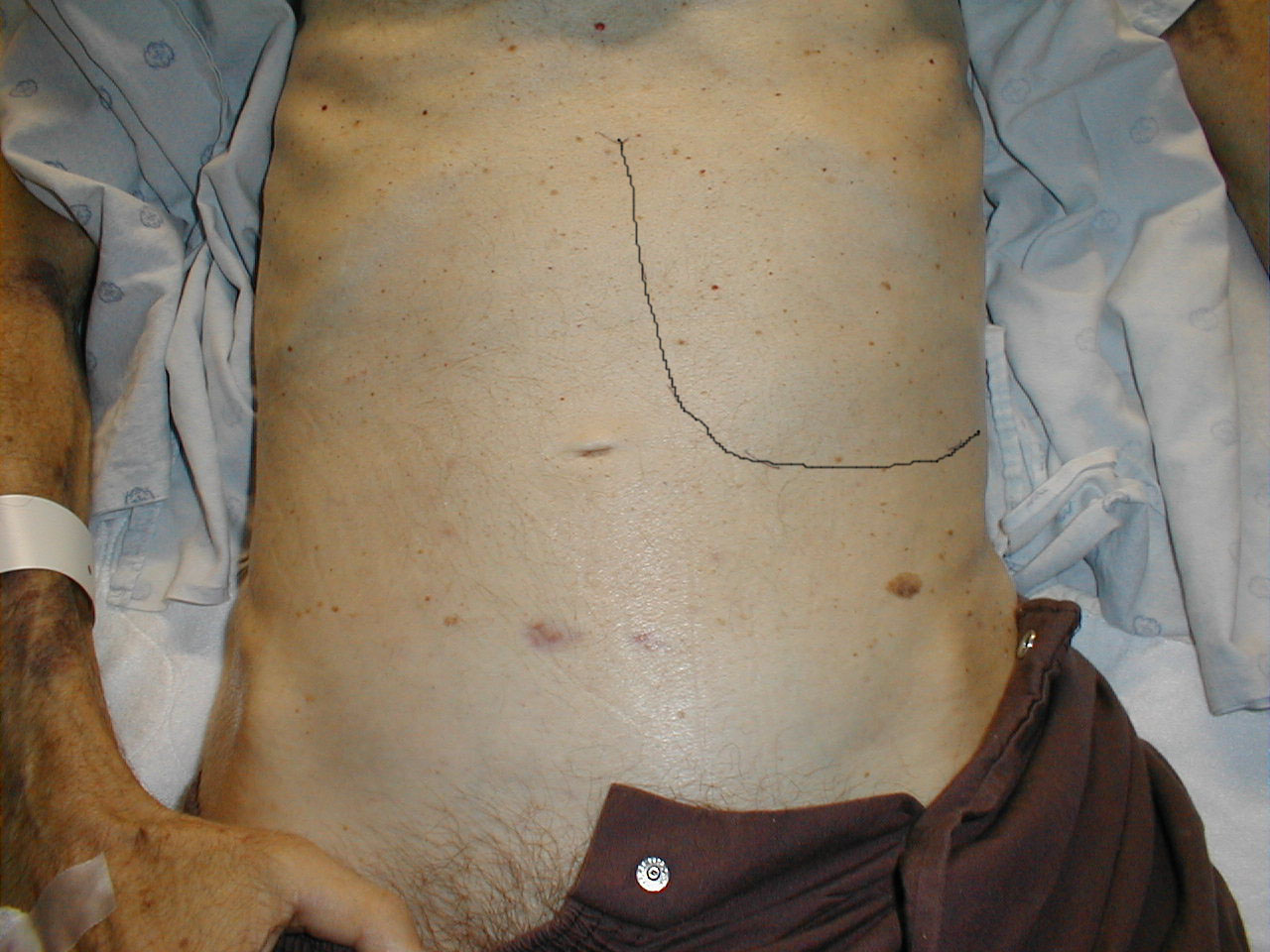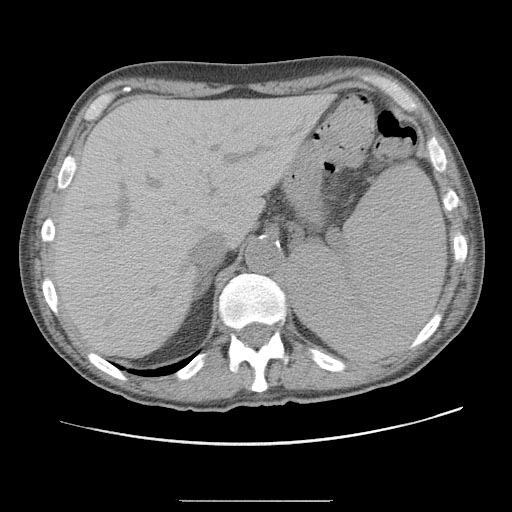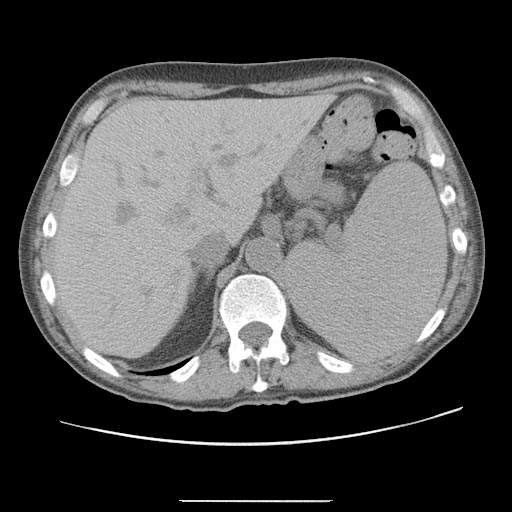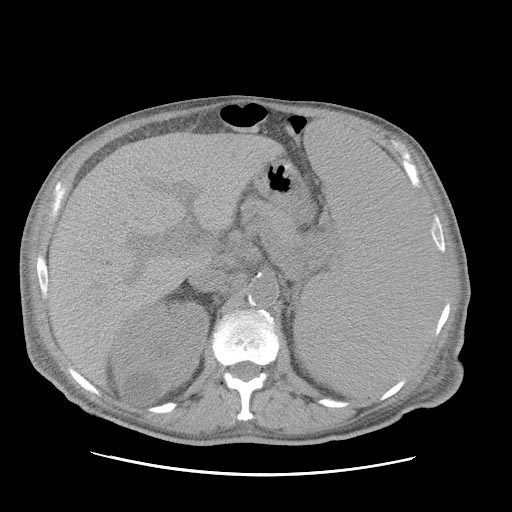Splenomegaly
| Splenomegaly | |
 | |
|---|---|
| Massively enlarged spleen, the result of extramedullary hematopoiesis, is outlined above. This patient's left upper quadrant appears more full than the corresponding area on the right. Image courtesy of Charlie Goldberg, M.D., UCSD School of Medicine and VA Medical Center, San Diego, California | |
| ICD-10 | Q89.0, R16.1 |
| ICD-9 | 759.0, 789.2 |
| DiseasesDB | 12375 |
| MedlinePlus | 003276 |
| MeSH | D013163 |
Template:Splenomegaly Editor-In-Chief: C. Michael Gibson, M.S., M.D. [1]; Associate Editor(s)-In-Chief: Gichoya Judy Wawira [2], Moi University School of Medicine
Clinical presentation
Treatment
If the splenomegaly underlies hypersplenism, a splenectomy is indicated and will correct the problem. After splenectomy, however, patients have an increased risk for infectious diseases.
After splenectomy, patients should be vaccinated against Haemophilus influenzae and Streptococcus pneumoniae. They should receive annual influenza vaccinations. Long-term prophylactic antibiotics should be given.
Related chapters
Resources
- PatientPlus Splenomegaly and hypersplenism
- Template:MerckManual (Hypersplenism)
References
Template:Phakomatoses and other congenital malformations not elsewhere classified
Template:Skin and subcutaneous tissue symptoms and signs Template:Nervous and musculoskeletal system symptoms and signs Template:Urinary system symptoms and signs Template:Cognition, perception, emotional state and behaviour symptoms and signs Template:Speech and voice symptoms and signs Template:General symptoms and signs


